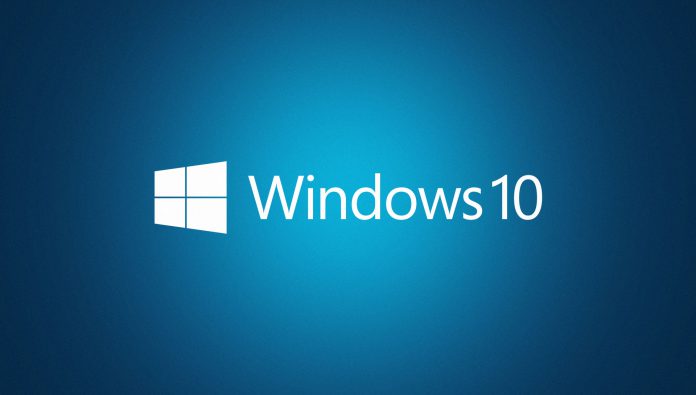The Redmond giant is planning to extended servicing for Windows 10 1511, 1607, 1703, and 1709 for six months. The plan should help organizations specifically, who can struggle to keep up with the bi-yearly updates. As a result, the support schedule now looks like this: This only applies to those on Enterprise or Education versions, not regular consumers. There are more logistical hurdles for large organizations when upgrading, and this should give some time for those. However, if that’s not enough time, Microsoft is also offering paid servicing. This starts with version 1607, but no other details are available at this time.
Windows 10 LTSC and Office 2019
In addition to the extension, the company has announced the next Windows 10 Enterprise long-term servicing channel. “We recognize that some customers aren’t ready to move to the cloud and will instead choose to deploy on-premises or hybrid architectures,” said Bernardo Caldas, General Manager for Windows. “The next LTSC release, Windows 10 Enterprise LTSC 2018, will be available in the fall of 2018. In keeping with the previous Long-Term Servicing Channel releases, this release will have the same features as the Windows 10 Semi-Annual Channel release made available at the same time – with the usual exceptions (including apps that are often updated with additional functionality, including the in-box apps, Microsoft Edge, and Cortana).” Microsoft is also promising support for the latest generation of processors. However, as Redmond Channel Partner points out, its overall policy remains confusing. Its LTSC releases are also strange. In 2015, it released a version for Windows 10 1507, then 1607, before missing a release in 2017 entirely. Whatever the case, there’s a lot of good news for Windows 10 users, but bad news for both Office users and those on Windows 8.1 and 7. Microsoft slipped in the fact that Office 2019 will be Windows 10 exclusive. Furthermore, it will be reducing its extended support phase to 2 years, cutting the total support cycle by 3 years. There’s no explanation for this, and the company will also be There’s no explanation for this, and the company will also be adjusting its support for Office 365 ProPlus, which gets semiannual releases. On January 14, 2020, ProPlus support will end on all Windows 10 LTSC releases, Server 2016 and older, and Windows 8.1 and older. This means Windows 8.1 support ends early 2023, so its users will get three years less than previously thought. Essentially, Microsoft is doing everything it can to convince users to switch to its latest OS. You can find more details about the changes, as well as service extensions, on the TechNet blog.




